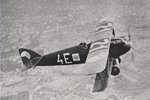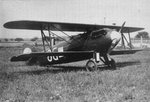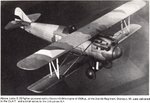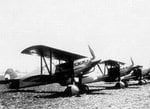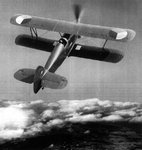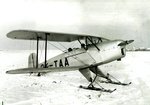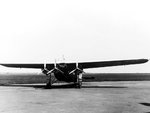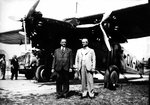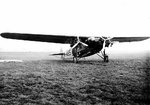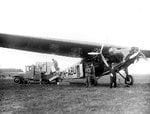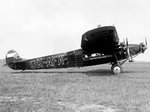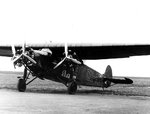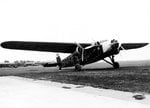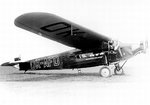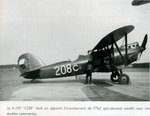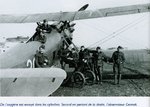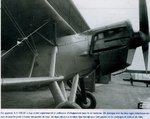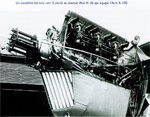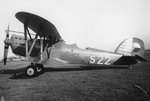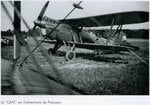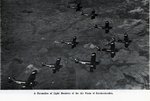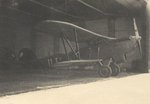- Thread starter
- #21
The Avia B-158 was a prototype Czechoslovak twin-engined light bomber aircraft of the 1930s. Only a single example was built and it was abandoned following the German occupation of Czechoslovakia in March 1939. In 1935, the Czech aircraft company Avia produced a design for a small twin engined bomber with a fixed undercarriage and powered by two 313 kW (420 hp) Avia Rk 17 radial engines. This design was abandoned in 1936, however, by a more powerful and advanced derivative, the Avia B-158, which was designed to meet a requirement from the Czechoslovak Ministry of National Defense (MNO) for a high performance medium bomber, capable of operation during both day and night, competing against Aero Vodochody's A.300.
In 1937, Avia started to build a single prototype of the B-158, a three-seat low-winged monoplane with inverted gull-wings, a retractable tailwheel undercarriage and 634 kW (850 hp) Hispano-Suiza 12Ydrs engines, making its maiden flight in mid-1938. It was fitted with a twin tail to give a better field of fire for the dorsal gun position. While the competing Aero A.300 gave superior performance, neither had entered into production by the time Germany occupied Bohemia and Moravia. After testing by the Luftwaffe at their test centre at Rechlin, the prototype B-158 was scrapped in 1940.
In 1937, Avia started to build a single prototype of the B-158, a three-seat low-winged monoplane with inverted gull-wings, a retractable tailwheel undercarriage and 634 kW (850 hp) Hispano-Suiza 12Ydrs engines, making its maiden flight in mid-1938. It was fitted with a twin tail to give a better field of fire for the dorsal gun position. While the competing Aero A.300 gave superior performance, neither had entered into production by the time Germany occupied Bohemia and Moravia. After testing by the Luftwaffe at their test centre at Rechlin, the prototype B-158 was scrapped in 1940.








